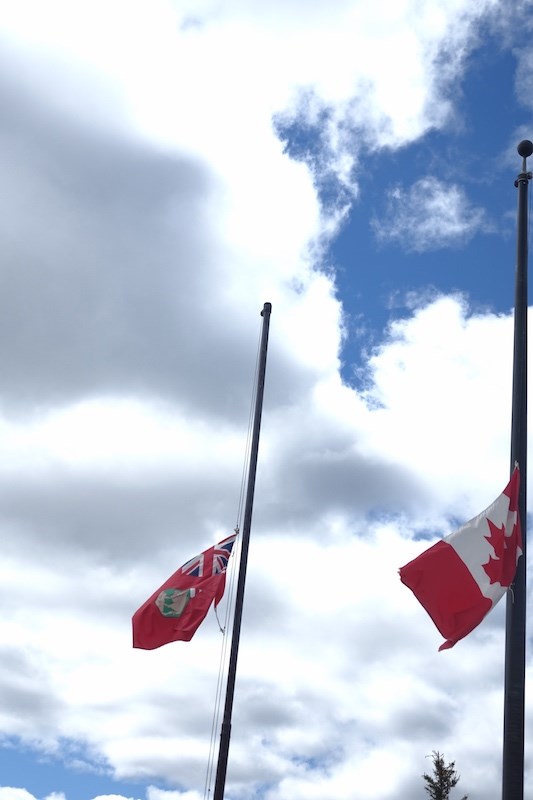Canada has a reputation. It’s not really deserved, but the image many have of us is as an enlightened small-L liberal democracy with socialized health care and a generally benevolent aspect. Some of it is true, but a lot of it is not. A lot of the time, this country benefits not so much from being objectively good but simply bring subjectively better than our American neighbours to the south.
Canada is portrayed as being the end of the Underground Railway for enslaved Black people fleeing forced servitude in the American south but they were still subjected to racist treatment when they arrived here.
Similarly, when it comes to Indigenous people, some have the impression that Canada has treated them better than the United States of America. Sure, the reserve system exists in both countries, but the U.S. fought outright battles and wars against Native Americans, literally shooting down men, women and children at places like Wounded Knee.
That’s not how it was done in Canada. The government professed friendship and cooperation by signing treaties, then forced First Nations to live in tiny remnants of their traditional lands, which were often located far from other communities in locations identified as having nothing of value to offer the settlers.
And they also took away people’s children against their will, held them captive at schools that were explicitly designed to assimilate Indigenous people and where, in addition to being physically punished for speaking their own languages, children were otherwise abused, molested and allowed to die, whether of disease or other causes. When they did, as evidenced by testimony heard by the Truth and Reconciliation Commission and by last week’s discovery of the remains of 215 children at a former residential school in Kamloops, those deaths often weren’t recorded, which is weird in the case of schools run by the Catholic Church, which is notorious for its record keeping. Only about 50 children are known to have died at the residential school in Kamloops. No one really knows what happened to those whose deaths went undocumented or, if they do know, they’re not telling.
It’s difficult to say what’s worse: straight up admitting that you want to kill anther ethnic groups because of their ethnicity, or hiding it behind residential schools and assimilation and other coded terms that essentially mean you want to strip them of their identity and absorb them into the dominant society, though that society still had to be dragged kicking and screaming into giving Indigenous people in Canada other rights that most of the rest of us took for granted, like being able to vote. A lot of people would probably rather have an enemy who identifies themselves as such over one that acts like their friend, giving out crumbs with one hand and taking away far more with the other.
Human remains are the gruesome physical evidence that the legacy of residential schools is one of despair and destruction of people and families. Uncovering that evidence will only be of value if it leads to real changes and efforts to stop discrimination against Indigenous Canadians, whether by funding their schools equally as provincial schools or funding the child welfare system to the same extent that the one for non-Indigenous Canadians is. Or maybe just even making sure they have the clean drinking water that many of us take for granted.
The discovery in Kamloops tells the tale of a particular disturbing chapter in the history of the federal government’s treatment of Indigenous people. That story isn’t over by any means, and the repercussions of past actions affect all of us, but particularly residential school survivors and victims and their families, right up to the present day. The past can’t be changed but it can be acknowledged, the lessons of it learned and those lessons used to inform a better way forward. Achieving that wouldn’t be a feather in Canada’s cap or further evidence of its “goodness.” It would just be a small step towards truly making Indigenous People equal in this country.




